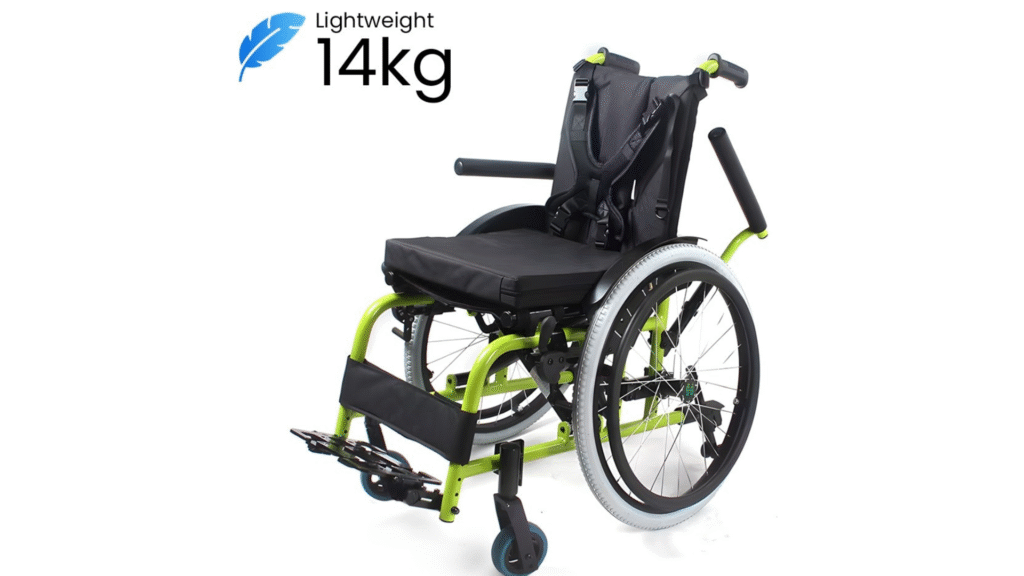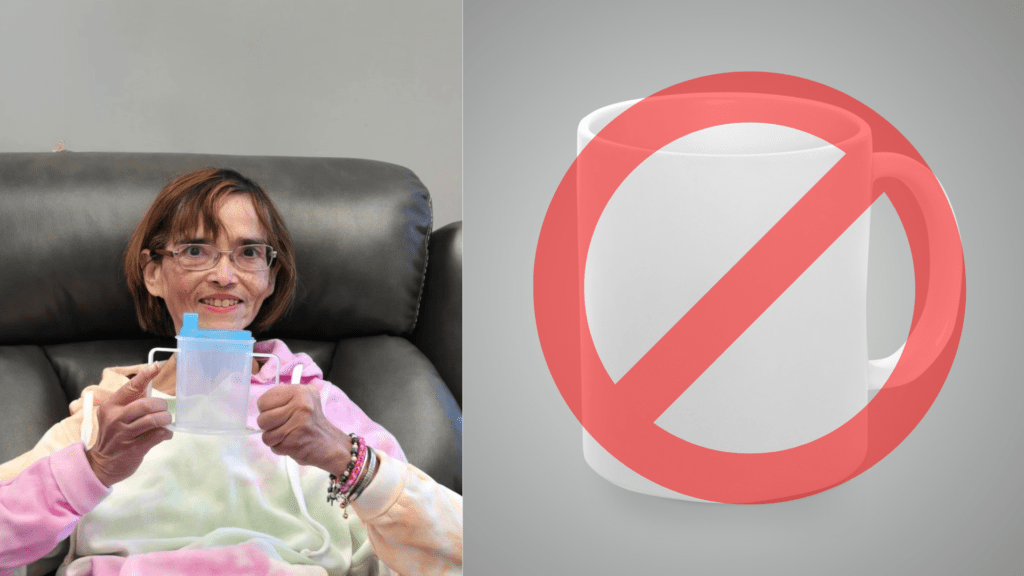Introduction: Supporting Children’s Independence Through Mobility
Mobility is essential for every child’s independence, confidence, and participation in daily life. For children with disabilities, the right paediatric wheelchair can make a significant difference in learning, socialising, and family life. With the National Disability Insurance Scheme (NDIS), families can access funding support to ensure children receive mobility aids that match their needs.
What Is a Paediatric Wheelchair?
A paediatric wheelchair is specifically designed for children and differs from adult wheelchairs in size, adjustability, and safety features. Unlike adult models, these chairs are built to support growth and provide customised comfort.
Key features of paediatric wheelchairs include:
Adjustable seat widths and heights for growing children
Lightweight frames for easier handling
Supportive seating to encourage posture and mobility development
Tilt-in-space options for children with complex needs
Examples:
Growmate Paediatric Wheelchair – designed with growth adjustability
Folding wheelchairs – easy to transport and store
Tilt-in-space models – supportive for children requiring posture management
For a full range, visit our Paediatric Wheelchairs collection.
NDIS and Paediatric Wheelchairs: How Funding Works
The NDIS provides funding for mobility aids that are considered reasonable and necessary for a child’s independence.
Key points about funding:
A wheelchair is considered NDIS funded if it directly supports a child’s functional mobility.
Allied health professionals (such as occupational therapists or physiotherapists) must provide reports recommending the wheelchair.
Funding may fall under:
Core Supports – for daily mobility needs
Capital Supports – for specialised or customised wheelchairs
Parents should work closely with therapists to prepare strong evidence for NDIS approval.
Choosing the Right Wheelchair for Your Child
Every child’s needs are unique, so selecting the right wheelchair requires careful consideration.
Options include:
Lightweight paediatric wheelchairs – easy to push, fold, and transport
Tilt-in-space paediatric wheelchairs – provide posture and pressure relief
Custom paediatric wheelchairs – tailored for specific physical needs
Home trial wheelchairs – available through Assistive Tech Hub for families wanting to test comfort and suitability before purchase
Browse our Assistive Technology Store to see available models.
Paediatric Wheelchair Options Available
At Assistive Tech Hub, we provide a wide selection of NDIS-approved wheelchairs for children:
Folding paediatric wheelchair – compact and convenient for families on the move
Lightweight & custom solutions – designed for active lifestyles and specific needs
Assistive wheelchairs for young NDIS clients – built with growth adjustability, safety, and comfort in mind
Enquire about options through our Product Enquiry page.
The Application Process for NDIS Funding
Securing NDIS funding for a paediatric wheelchair involves several steps:
Step 1: Assessment and recommendation
Your child’s OT or physiotherapist conducts an assessment.
A detailed report justifying the wheelchair is prepared.
Step 2: Submitting the request
The request, including quotes, is submitted to the NDIS.
Step 3: Approval and purchase
Once approved, families can order the wheelchair through an NDIS-registered provider.
Step 4: Ongoing adjustments and support
Children grow quickly, so adjustments may be required over time. Providers like Assistive Tech Hub offer aftercare support.
Tips for Parents Navigating the Process
Work closely with your OT – they provide essential reports for approval.
Request home trials – make sure the wheelchair suits your child’s comfort and daily needs.
Explore NDIS-funded mobility equipment – consider additional aids such as walkers or standing frames.
Stay informed – understand your child’s plan review dates to ensure ongoing support.
For support, reach out through our Contact Us page.
Conclusion: Empowering Your Child with the Right Wheelchair
The right paediatric wheelchair does more than provide mobility—it supports your child’s independence, growth, and social participation. With the help of the NDIS and guidance from allied health professionals, families can ensure their child has access to safe and supportive mobility solutions.
Assistive Tech Hub is here to help you choose the best wheelchair for your child, with expert advice, product trials, and NDIS guidance.
Key Takeaways
Paediatric wheelchairs are designed for growth, safety, and mobility.
NDIS funding helps families access suitable wheelchair solutions.
Parents should collaborate with OTs/PTs to secure approval.
Assistive Tech Hub provides a range of NDIS-approved paediatric wheelchairs with support throughout the process.
Calls to Action
View Our Paediatric Wheelchair Range
See the Growmate Paediatric Wheelchair
Shop Our Assistive Technology Store
FAQs: Paediatric Wheelchairs and NDIS
What makes a paediatric wheelchair different from an adult wheelchair?
Paediatric wheelchairs are smaller, adjustable for growth, and designed to provide posture support for children.
Does the NDIS cover all types of paediatric wheelchairs?
Yes, if the wheelchair is considered reasonable and necessary, based on allied health recommendations.
How do I start the process of getting a paediatric wheelchair through NDIS?
Begin with an assessment from an occupational therapist or physiotherapist, who will submit a report and funding request.
Can I trial a wheelchair before applying for funding?
Yes, home trials are available through providers like Assistive Tech Hub to ensure the wheelchair meets your child’s needs.
How often can my child get a new wheelchair through NDIS?
This depends on growth, changing needs, and the plan review cycle. Most children will need a new or adjusted wheelchair every few years.



